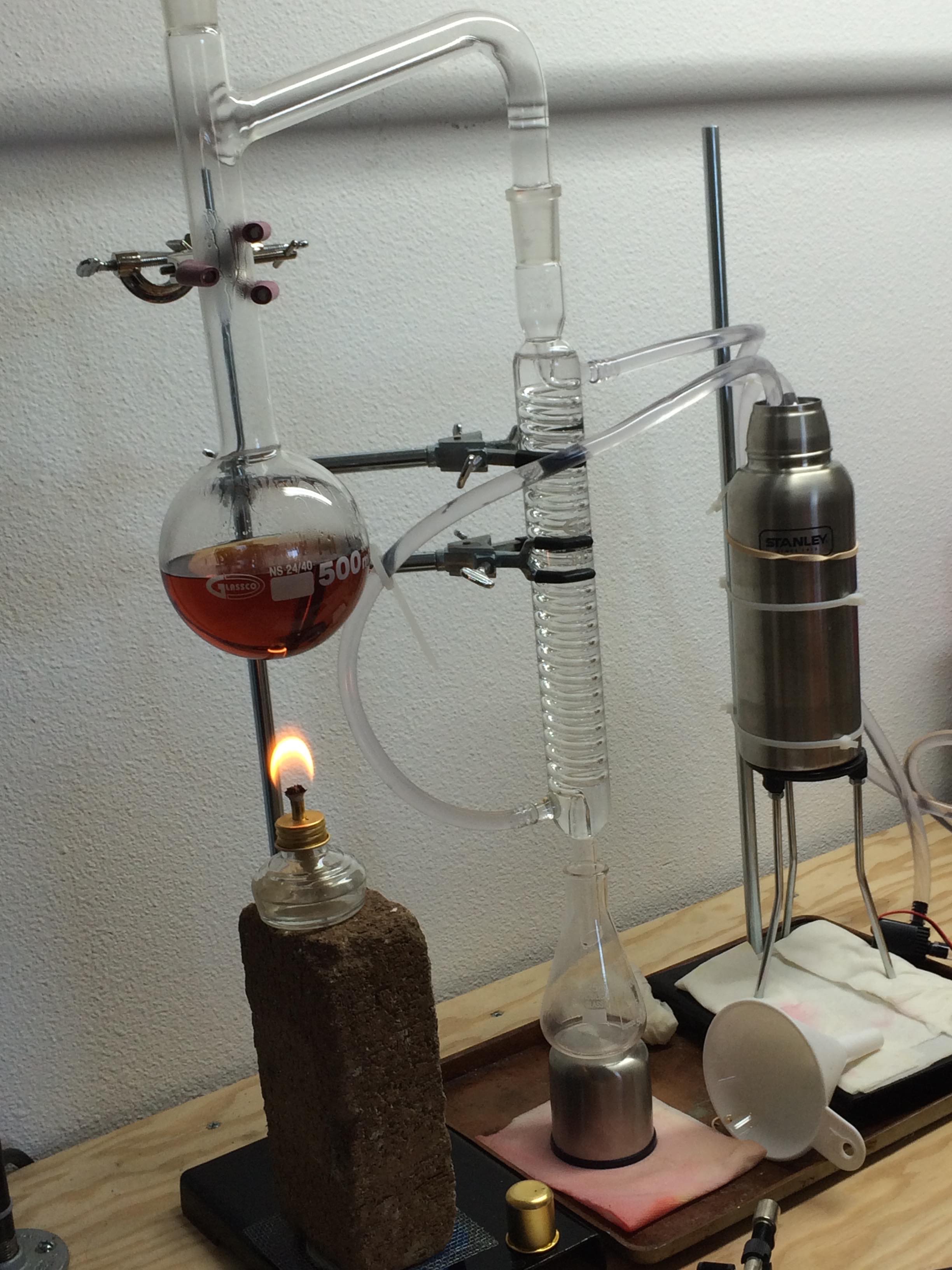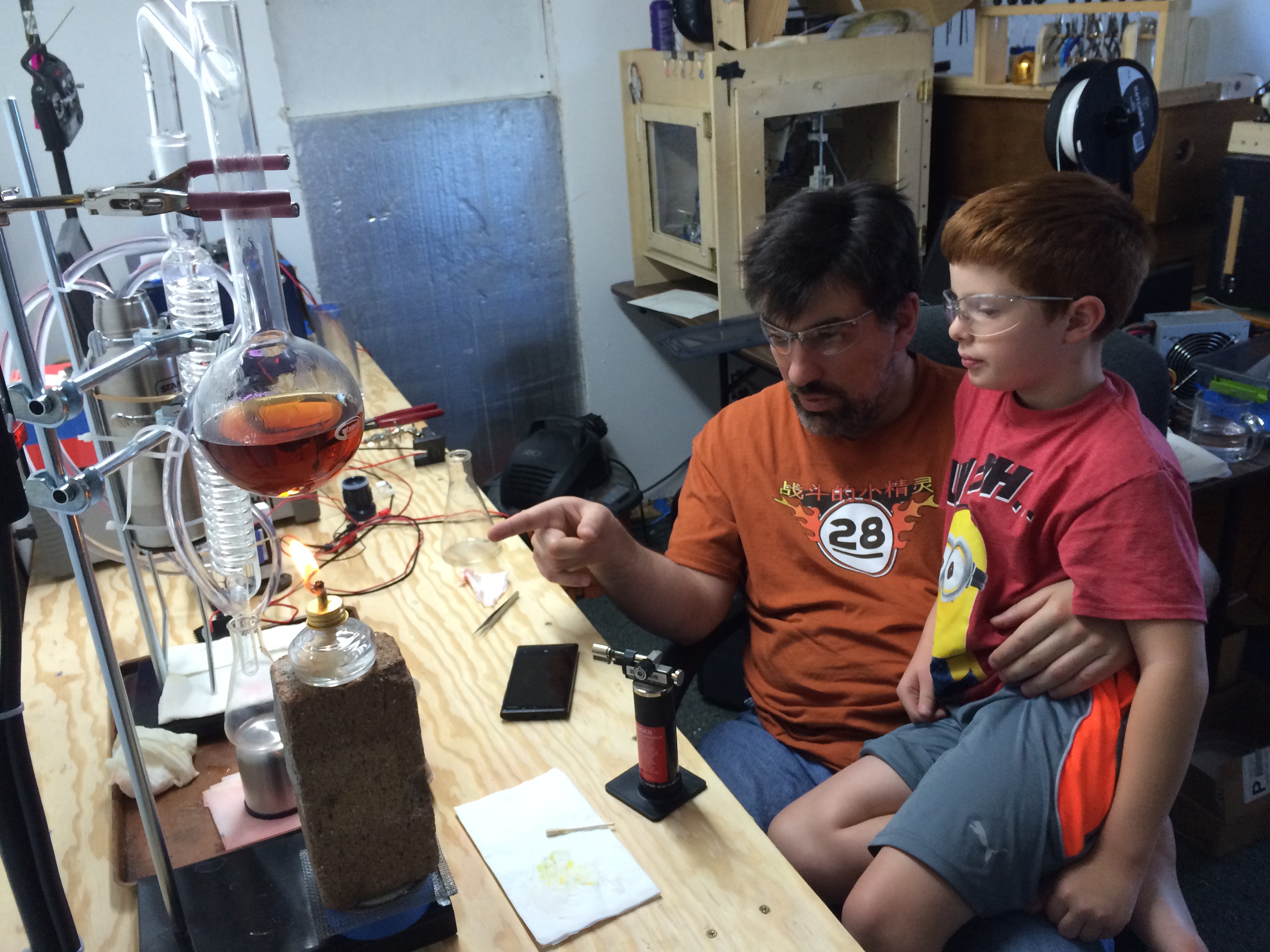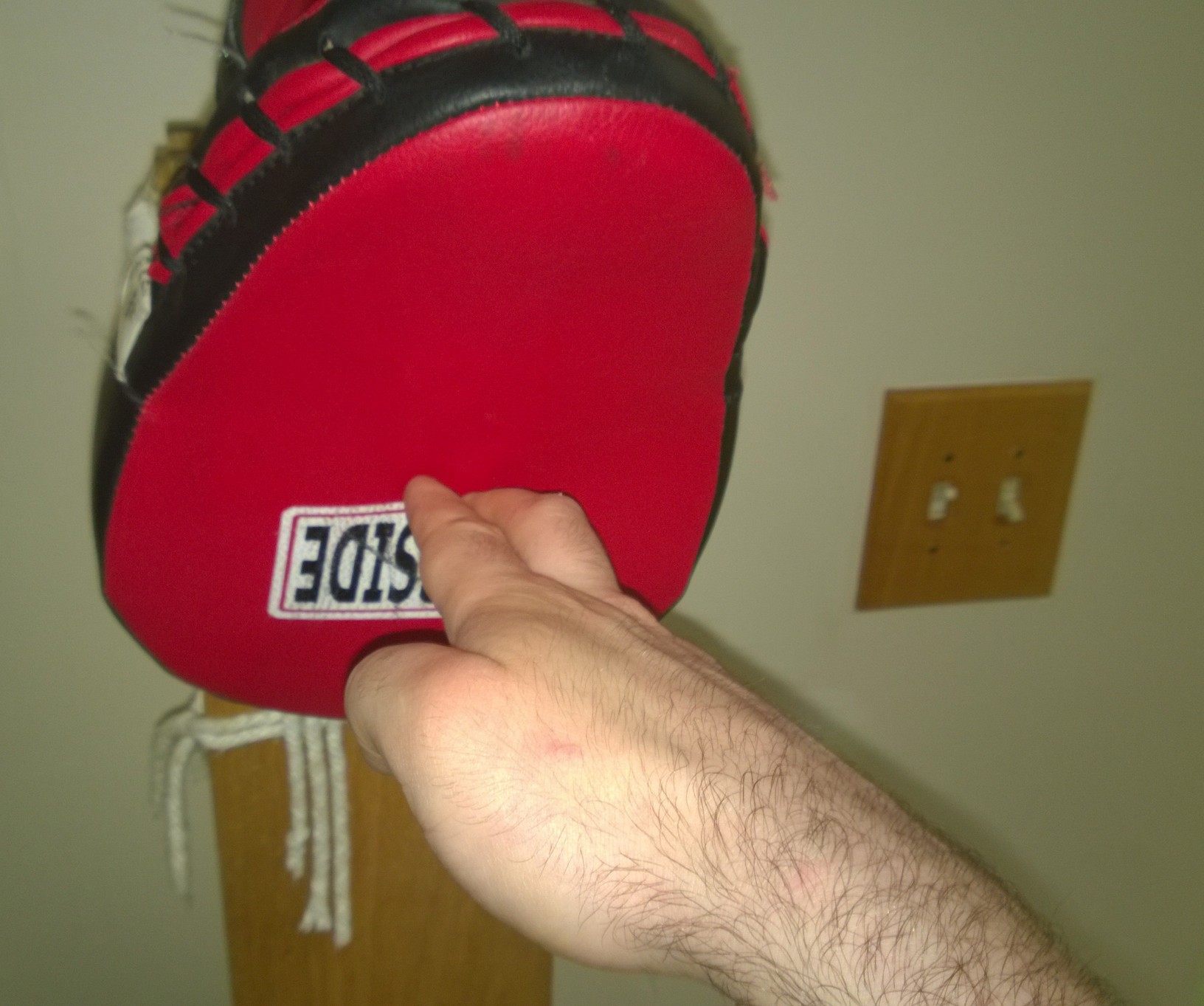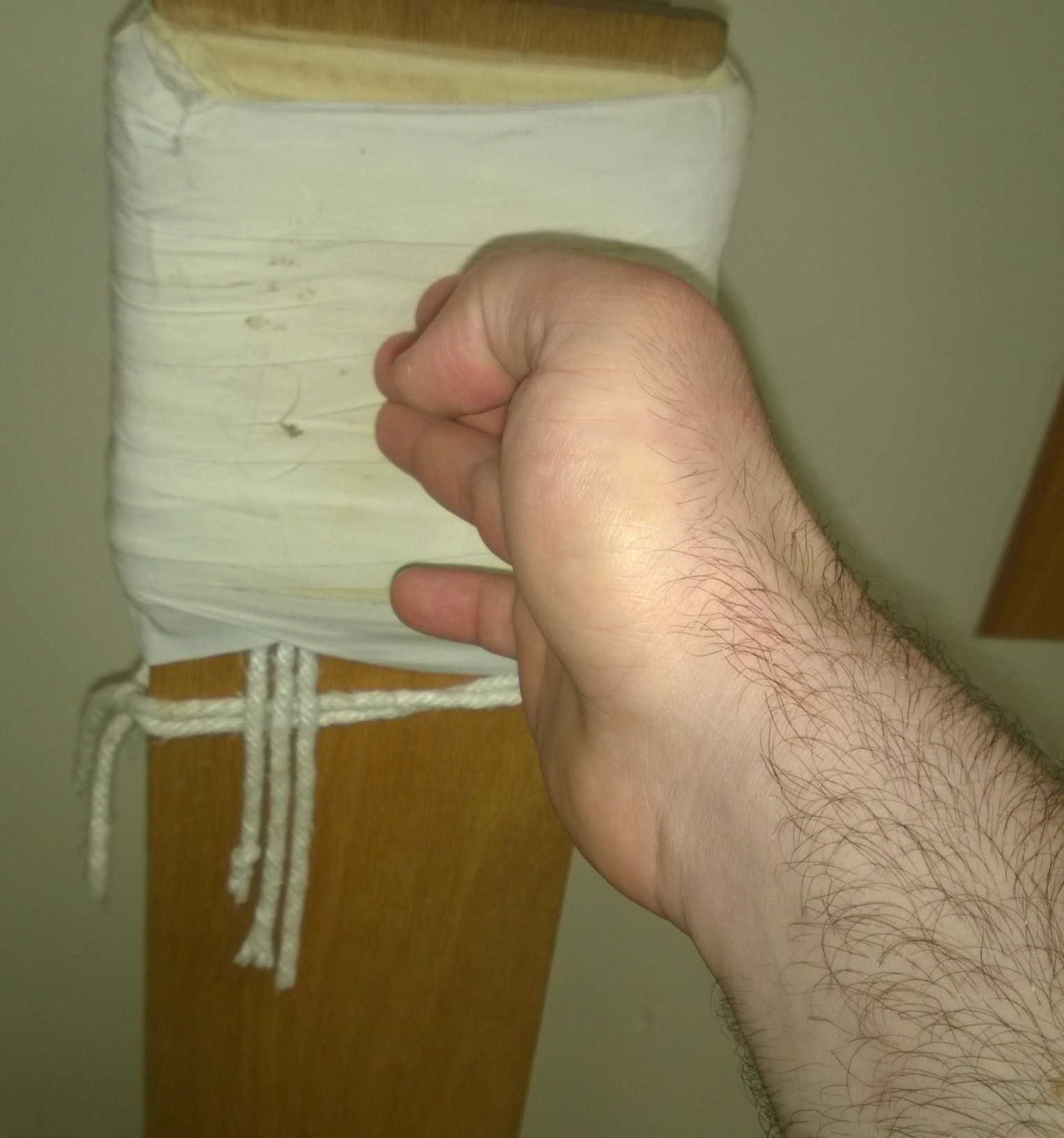The Makiwara is one of the tools of traditional Karate training that fell out of widespread use as Karate moved out of Japan. I would be surprised if 5% of the Karate dojos in the United States actually have a Makiwara in them, which frankly is unfortunate since the Makiwara is probably the single most instructive tool for learning how to strike properly.
Given how uncomment they are – I was pleasantly surprised to find “How to Protect Yourself with Karate” today in a used bookstore. I still need to read through it, but what caught my eye – and why I bought the book to read was their unusual use of Makiwara.
They book showed using an ironing board as a make shift Makiwara in the home. The book is old enough (1966) that I think the assumption was that women would be housewives, and need to train out of the house. Hard to believe that was only one to two generations ago.
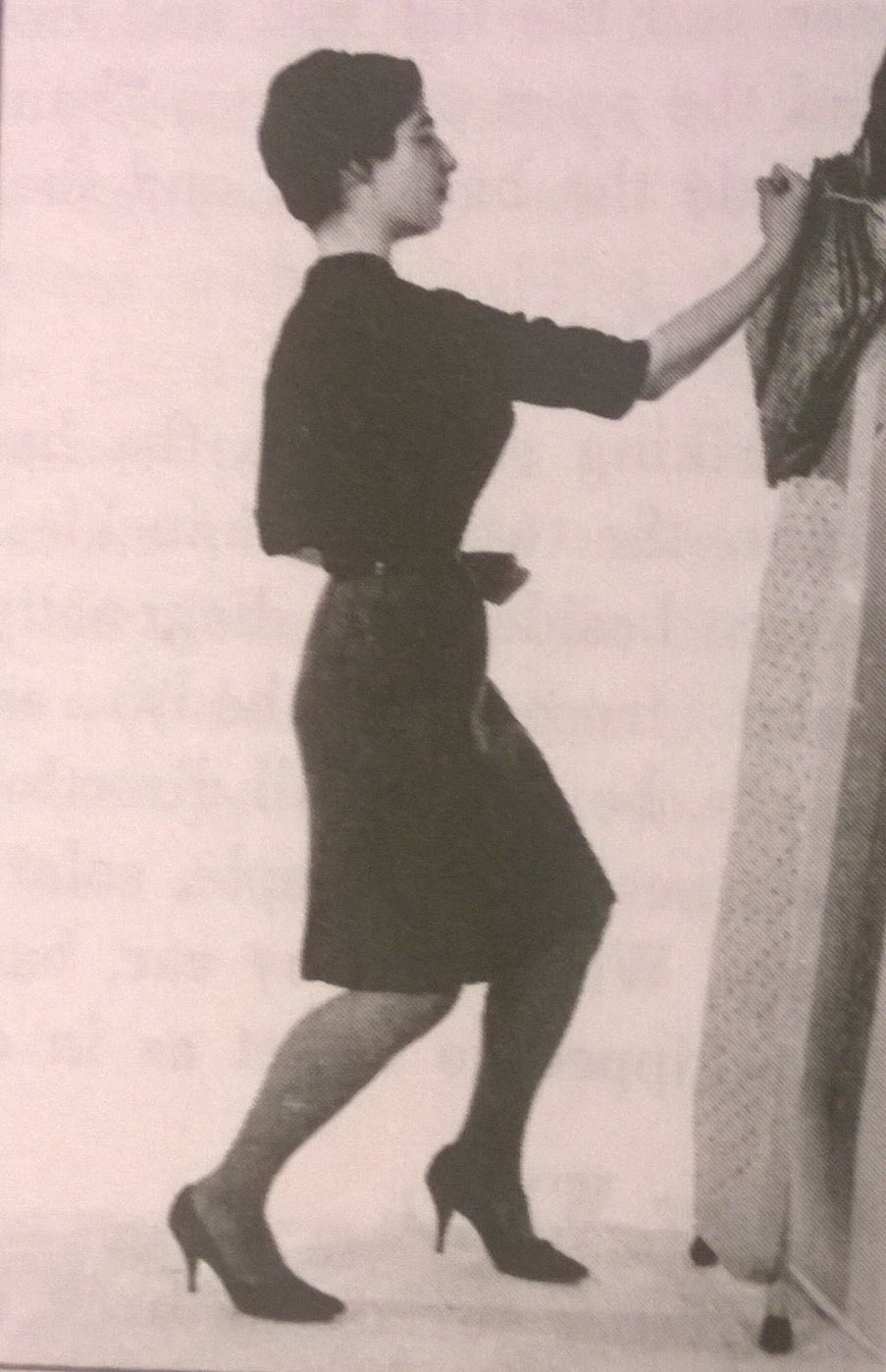
I cannot even imagine doing technique in a set of high heals, but it was fairly common for the books targeting technique for women to show them that way. I especially liked the Nakiyama book on self-defense for women, where they demonstrate technique fighting on stairs while wearing heals.
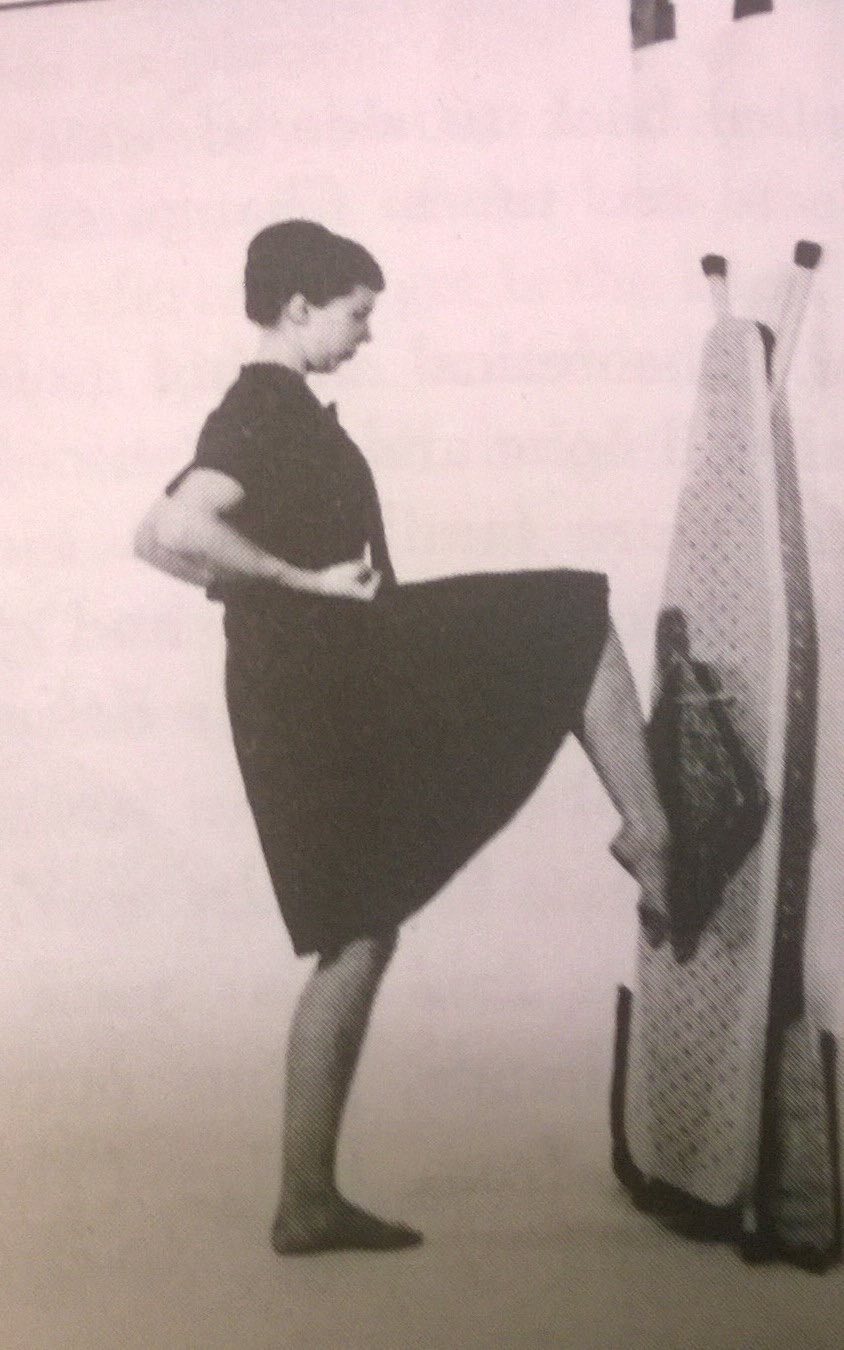
The book also shows using a table as a makeshift Makiwara – though now that I think of it I am not sure a horizontal striking surface does not have a different name. I never use one.
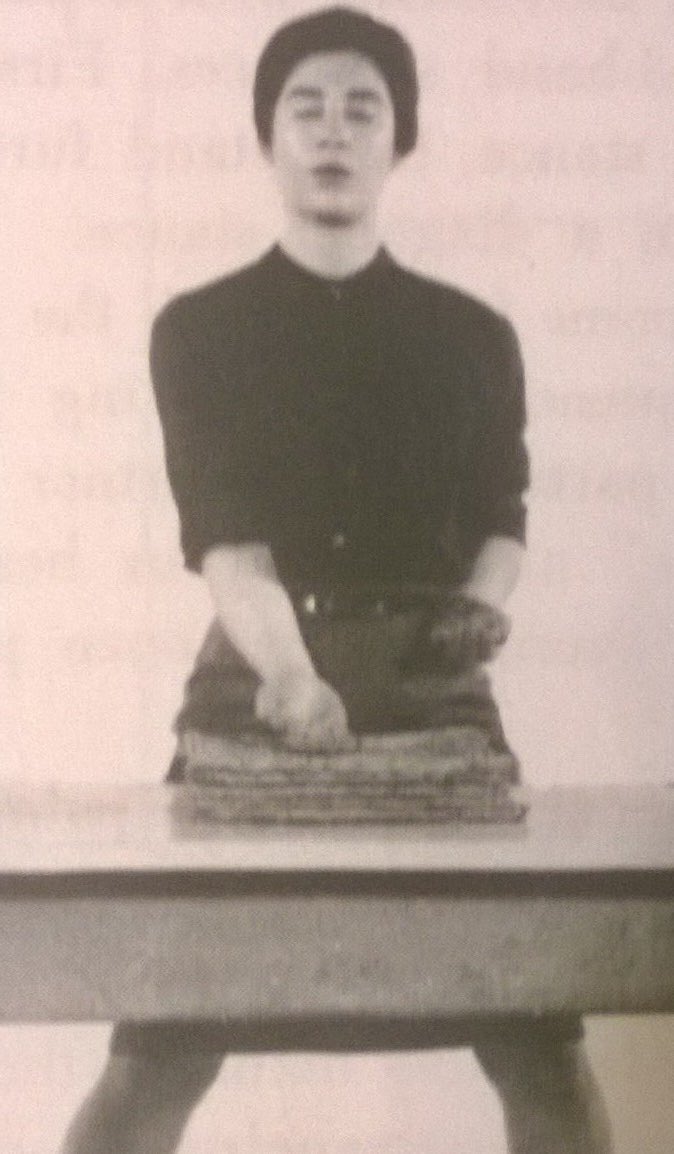
While I love finding gems like this, and love the insight they give on the state of Karate looking back into the past, it is bitter sweet. A book as awesome as this one, it is awesome in part because it is unlikely to end up making the jump to being digitized. So who knows if it will be available for martial historians even 50 years from now?
